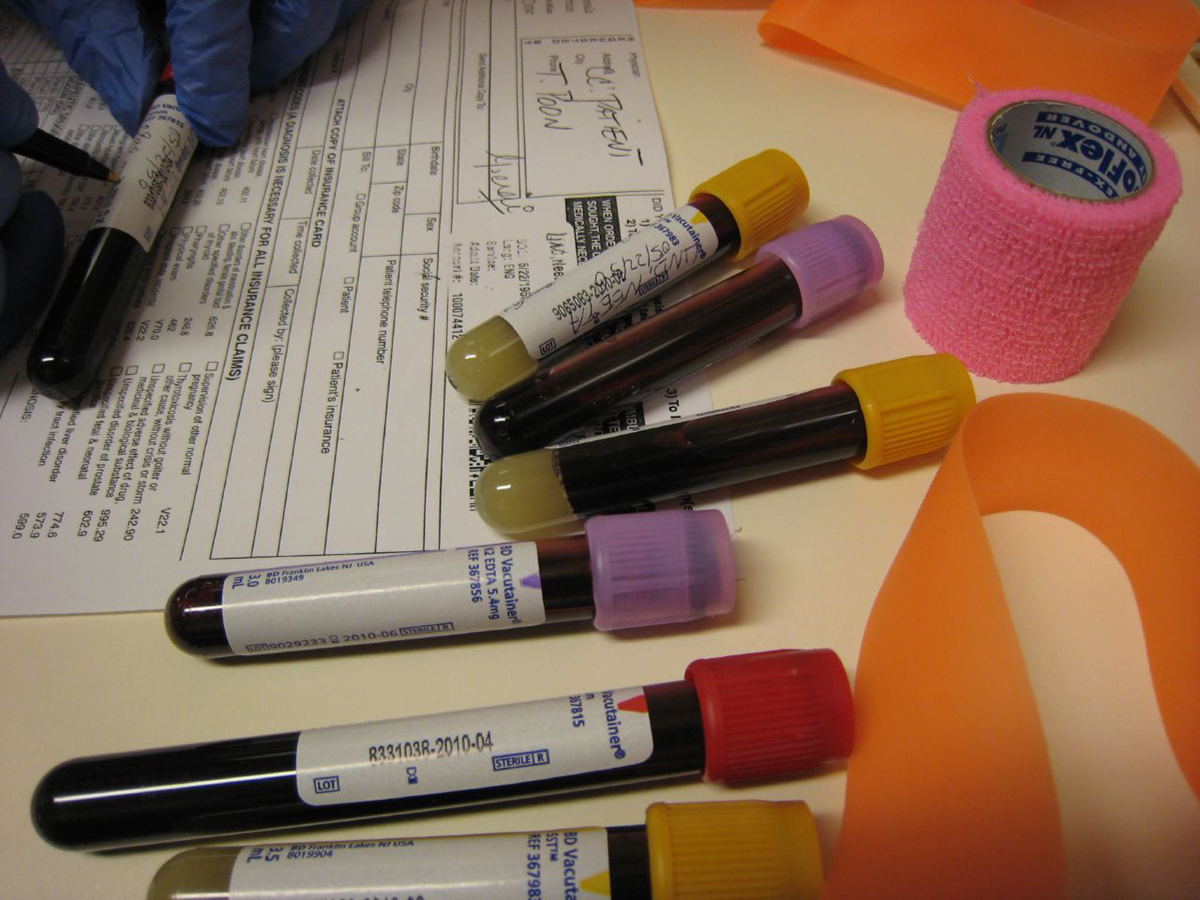Table of Contents
Anemia is a common blood condition that affects more than 3.5 million people in the US. While anyone at any age get suffer from anemia, women in their child-bearing age and people with chronic disease are the most likely to develop anemia. For your body to function properly, it needs plenty of healthy red blood cells, which make it so that your body can get enough oxygen. People who suffer from anemia, however, don't have enough healthy red blood cells.
Symptoms of anemia include weakness, pale skin, shortness of breath, and feeling like fainting. Anemia can vary in severity depending on the patient, and it can be long term in some. In the worst cases, patients with anemia need blood transfusions and surgery to recover.
What else do you need to know about the most common blood disorder?

What Is Anemia?
Anemia is not a disease in itself, but rather a condition or a sign that you either have less than the normal number of red blood cells (RBCs) in the blood or your RBCs do not have enough hemoglobin. Hemoglobin is an important protein that gives your blood its red color. More than that, its main function is to carry oxygen to all the tissues and organs of your body. If you have a low RBC count or if you don’t have enough hemoglobin, your blood is not able to carry enough oxygen to your body. A lack of oxygen due to anemia causes your tissues and organs to work less efficiently than they normally should.
Symptoms Of Anemia In Women
Women have a greater risk of developing anemia especially during their child-bearing years. Heavy menstrual bleeding can cause iron deficiency anemia, a condition that affects almost two million women. These women may experience severe cramping, prolonged menstrual periods and passing of blood clots during their periods. They may not be aware that they also have anemia as a result of heavy monthly bleeding. There are other factors that may cause anemia in women, which will be discussed below.
Depending on the cause, anemia may develop quickly (acute anemia) or gradually (chronic anemia). In most cases, it develops over a long time and you may not experience any symptoms in the beginning. Later, you may experience mild symptoms, but without treatment, they can get worse. Common symptoms of anemia in women include:
- Fatigue
- Weakness/decreased energy
- Pale skin
- Headache
- Dizziness
- Low body temperature
- Numbness/coldness in the hands and feet
- Shortness of breath
- Rapid/irregular heartbeat (palpitations)
- Chest pain
- Irritability
These symptoms of anemia occur because your heart works harder to pump more blood to the body to make up for the lack of oxygen. In severe cases, anemic individuals may pass out or experience a heart attack. Depending on the underlying cause, other signs of severe anemia may include changes in stool color, yellowing of the skin (jaundice), rapid breathing, heart murmurs, enlargement of the spleen, and low blood pressure.
When To Seek Help
If you are experiencing these symptoms, it is best to consult your doctor to find out if you have anemia. After your medical examination, some blood tests may be done to confirm if this is the cause of your symptoms. Further tests may be done to find out the underlying cause for your condition.
See Also: Study: Iron Deficiency Anemia Increases The Risk Of Stroke
It is especially important to see a doctor especially if you:
- Are planning to have a baby
- Are pregnant
- Are an older adult
- Experience persistent fatigue, rapid heart rate, breathlessness, and other symptoms of anemia
- Have a poor diet
- Experience very heavy menstrual periods
- Experience symptoms of stomach ulcers or if you have hemorrhoids, bloody/tarry stools, or cancer
- Have a family history of anemia or bleeding disorder
- Have a chronic medical condition
- Anemia.org. Women & Anemia: Heavy Menstrual Bleeding and Fibroids. http://www.anemia.org/patients/feature-articles/content.php?contentid=000242
- Anemia.org. Women & Anemia: Increased Need for Iron During Pregnancy. http://www.anemia.org/patients/feature-articles/content.php?contentid=000245§ionid=00015
- WebMD. Understanding Anemia – Symptoms. http://www.webmd.com/a-to-z-guides/understanding-anemia-symptoms
- WomensHealth.gov. Anemia fact sheet. http://womenshealth.gov/publications/our-publications/fact-sheet/anemia.html
- Emedicinehealth.Anemia. http://www.emedicinehealth.com/anemia/article_em.htmPhoto courtesy of Neeta Lind via Flickr: www.flickr.com/photos/neeta_lind/3572379176
- Photo courtesy of La.Catholique via Flickr: www.flickr.com/photos/lacatholique/5194455606
- anemia.org
- webmd.com
- womenshealth.gov
- emedicinehealth.com


Your thoughts on this